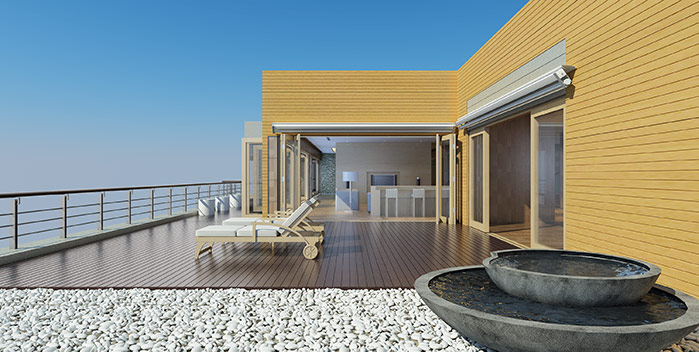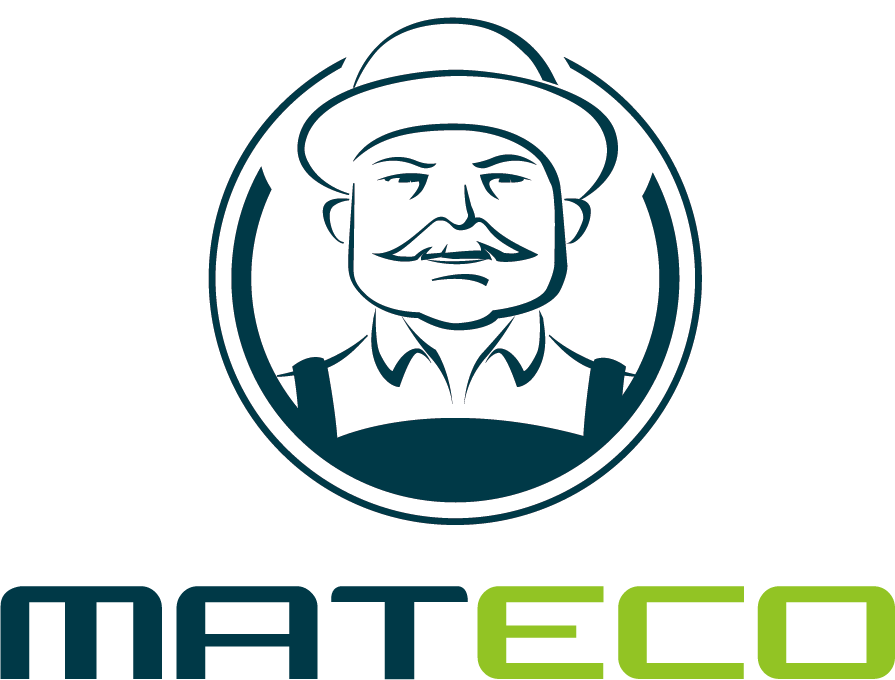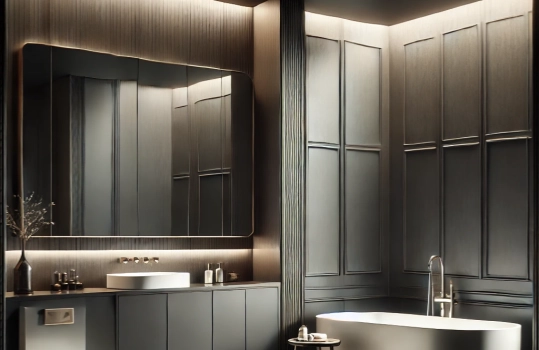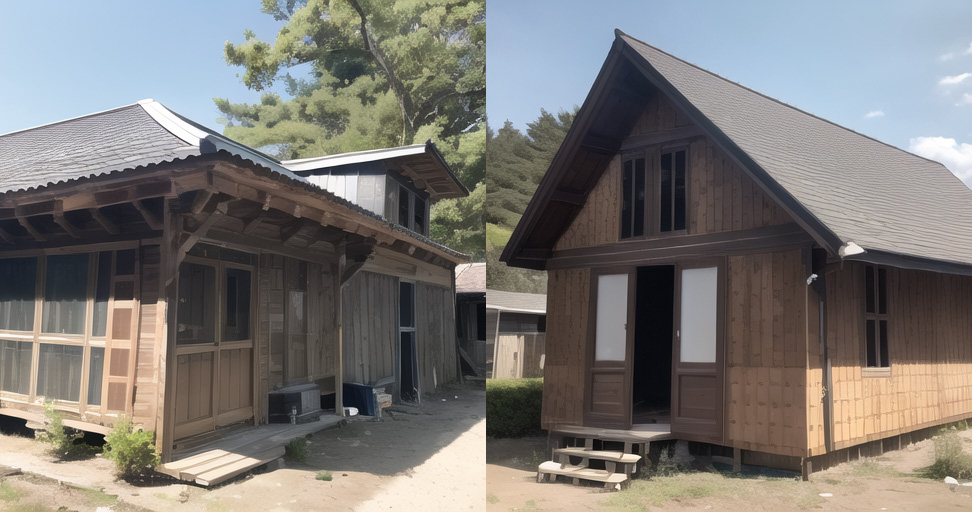Budget-Friendly Decking Alternatives to Explore
In the realm of home improvement, decking stands out as one of the prime avenues to add both aesthetic charm and functional space to a property. For many homeowners, the dream of owning a serene deck often clashes with the reality of tight budgets. However, the modern decking industry has evolved to bridge this gap, presenting a plethora of options that don't strain the wallet yet promise durability and elegance. Navigating these budget-friendly alternatives requires a blend of research and insight, ensuring that cost savings don't translate to compromised quality. This guide aims to shed light on the path to achieving a beautiful deck without the hefty price tag, ensuring that homeowners can enjoy the best of both worlds.

Exploring the Landscape of Alternative Decking Materials
Decking, a cherished extension of our living spaces, has seen a plethora of materials come to the fore over the years, each with its unique set of characteristics and benefits.
One of the most tried-and-true materials in the decking arena is pressure-treated wood. Harvested from pine and other softwood species, this material undergoes a treatment process that infuses it with preservatives, warding off termites and fungal decay. Economically priced and widely available, pressure-treated wood has long been a staple for homeowners on a budget. However, it's worth noting that this type of wood requires a fair amount of maintenance, including periodic sealing, to ensure its longevity and preserve its appearance.
Another noteworthy contender is cedar, a natural wood that's revered for its stunning aesthetics and inherent resistance to pests. Cedar's rich, reddish hue, combined with its delightful aroma, makes it a favorite among homeowners seeking a touch of luxury. While cedar is more resistant to decay than untreated woods, it's softer than some alternatives and can be prone to scratching. Regular maintenance, such as sealing, can help protect its vibrant color from fading due to UV exposure.
Vinyl decking, often referred to as PVC decking, represents the synthetic end of the spectrum. Composed entirely of polyvinyl chloride, this material is impervious to water, making it an excellent choice for poolside installations or regions with heavy rainfall. Moreover, vinyl decking is resistant to staining and fading, requiring minimal maintenance. However, some homeowners might find its appearance less natural than wood or composite options, and it can be hotter to the touch in direct sunlight.
Seamless composite decking is one of the most durable and aesthetically pleasing options for enhancing your outdoor living space. Unlike traditional wooden planks, seamless composite can be installed swiftly within a day, making it an excellent choice for the DIY-er aiming for a premium look without breaking the bank.

The Ascendancy of Composite Decking in Today's Homes
The evolution of decking materials over the decades has been nothing short of remarkable. In the early days, natural wood dominated the scene, offering a rustic charm that many homeowners adored. However, as the years progressed and the challenges of wood maintenance became apparent, the quest for more resilient and sustainable materials began in earnest.
Enter composite decking, a game-changer in the world of outdoor spaces. Crafted by combining wood fibers with plastic, composite decking brought forth a blend of the natural allure of wood and the durability of synthetic materials. Its resistance to common decking adversaries such as moisture, termites, and UV rays quickly made it a favorite. The added benefit of reduced maintenance, devoid of regular staining or sealing, solidified its position as a top choice for many homeowners and contractors.
Yet, it wasn't just the practical benefits that fueled composite decking's rise. Its environmental footprint, given the use of recycled materials in its creation, resonated with the eco-conscious consumer. Moreover, advances in manufacturing techniques have enabled a vast array of designs and finishes, allowing homeowners to achieve a bespoke look tailored to their preferences. As a result, composite decking has transitioned from being an alternative option to a mainstream choice for modern homes.

Decoding Composite Decking: From Standard Builds to Seamless Wonders
Composite decking, while a singular term, encompasses a diverse range of products, each tailored to specific needs and aesthetic preferences. At its core, composite decking is the fusion of wood fibers and plastic, but the manner in which these components are combined and the technologies employed lead to varied types and finishes. Understanding these variations is crucial for homeowners looking to make an informed decision, ensuring that the chosen type aligns perfectly with their vision and functional requirements.
The primary distinction in composite decking lies between solid and hollow boards. Solid boards, as the name suggests, are dense and closely mimic the feel of natural wood, making them a preferred choice for those seeking a robust and traditional deck feel. Hollow boards, on the other hand, have a chambered cross-section, which makes them lighter and often more cost-effective. Both come with their set of advantages, with solid boards offering greater resistance to wear and tear, while hollow boards provide ease of installation. Then, there's the decision between capped and uncapped composites. Capped variants boast a protective layer, shielding the board from external elements and prolonging its lifespan.
In recent years, a new entrant has been making waves in the composite decking arena: Seamless composite decking. This innovative design promises a deck surface devoid of visible screws or fasteners, resulting in a smooth, uninterrupted finish. Not only does this enhance the visual appeal, but it also reduces potential tripping hazards, making the deck safer for all users. Whether solid, hollow, capped, uncapped, or seamless, the multifaceted world of composite decking offers a solution for every homeowner, ensuring that beauty and functionality go hand in hand.
In conclusion
The world of decking materials is vast and varied. From the organic charm of cedar to the modern resilience of vinyl, there's a material tailored to every preference and budget. By weighing the pros and cons of each, homeowners can make an informed decision, ensuring their deck remains a source of pride and enjoyment for years to come.
If you are looking for a WPC manufacturer, MATECO WPC will be your best choice.
Website: https://www.matecowpc.com
WhatsApp: +86-13380085620
Email: info@matecowpc.com
















